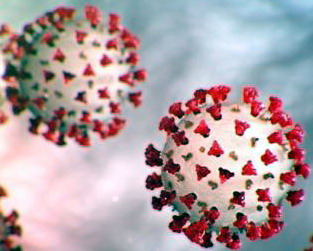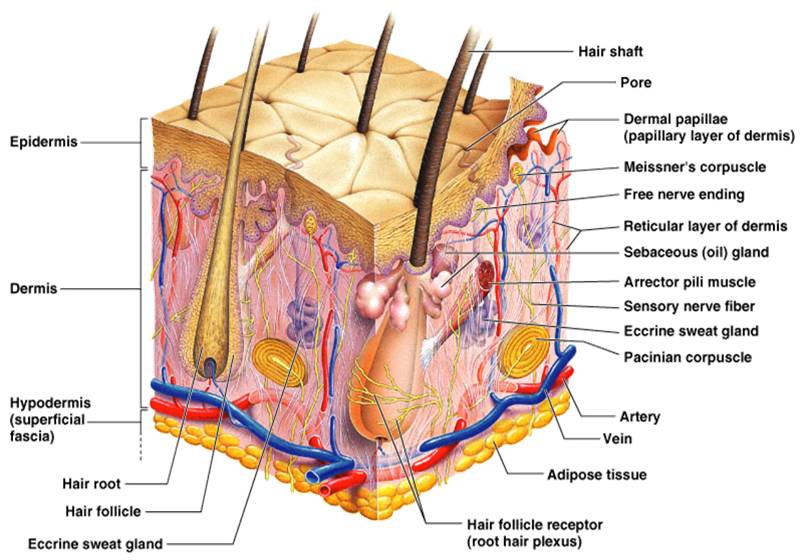
Novel Corona Virus (COVID-19) – Safety and Natural Cure
Novel Corona Virus (COVID-19) – Safety and Natural Cure: Novel Corona Virus and It’s Types: About a dozen types of corona virus have been discovered. Under a microscope, this semi-spherical virus can be seen with ridges that form a crown-like shape. In Latin, the crown is called corona, due to which it was also given […]

